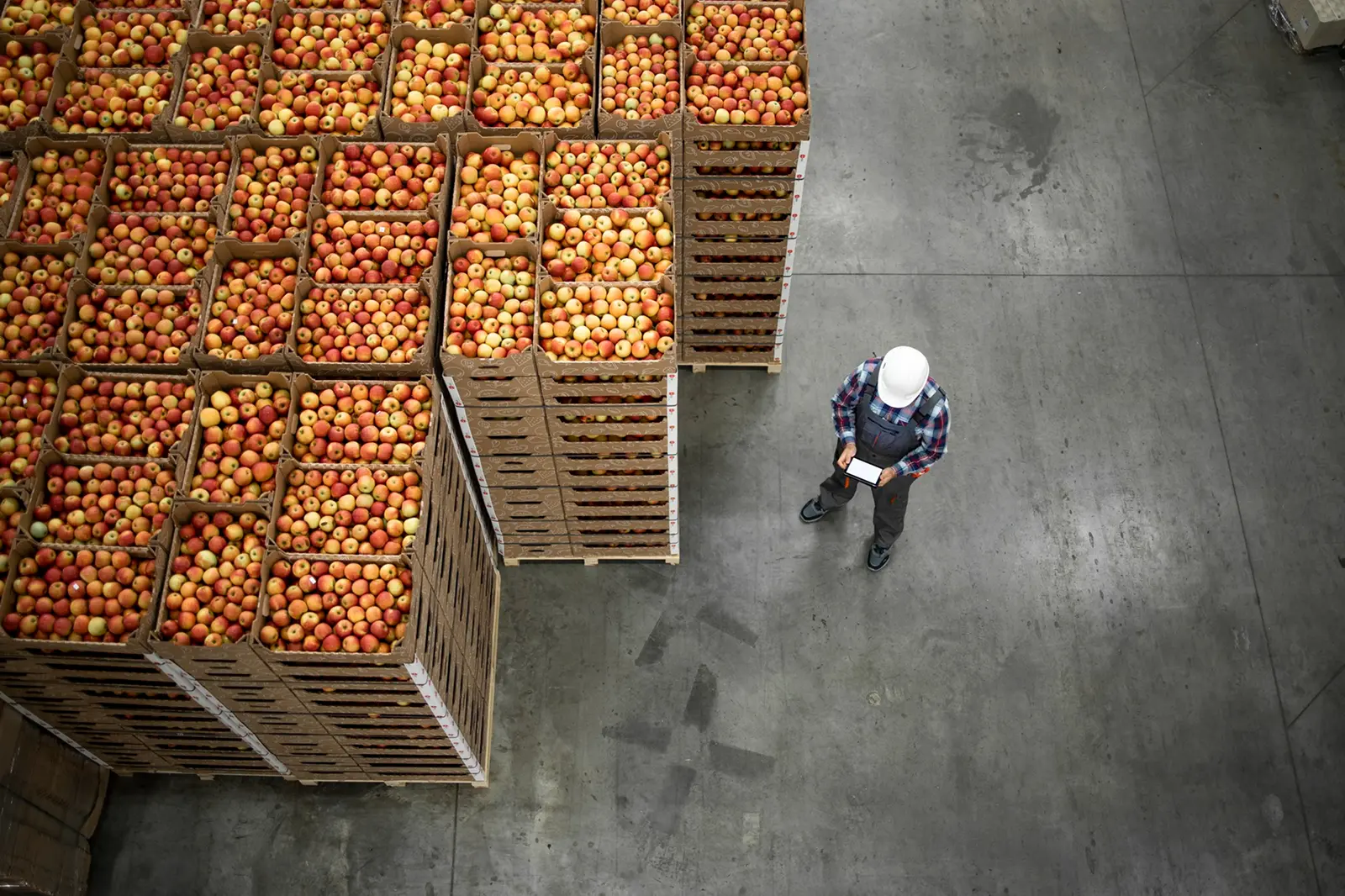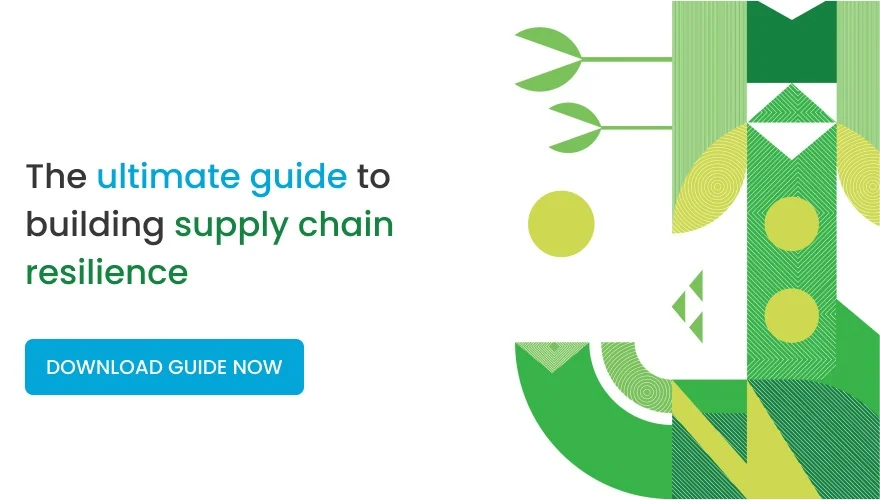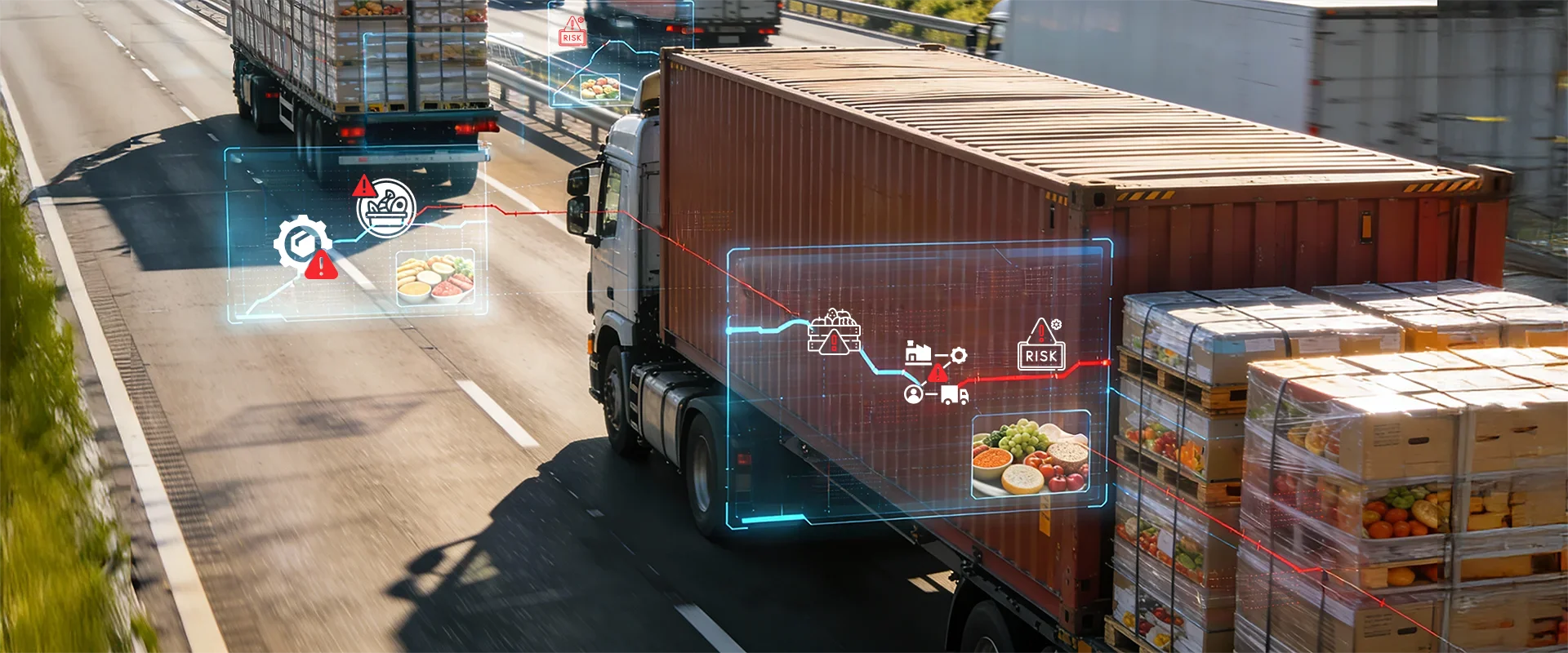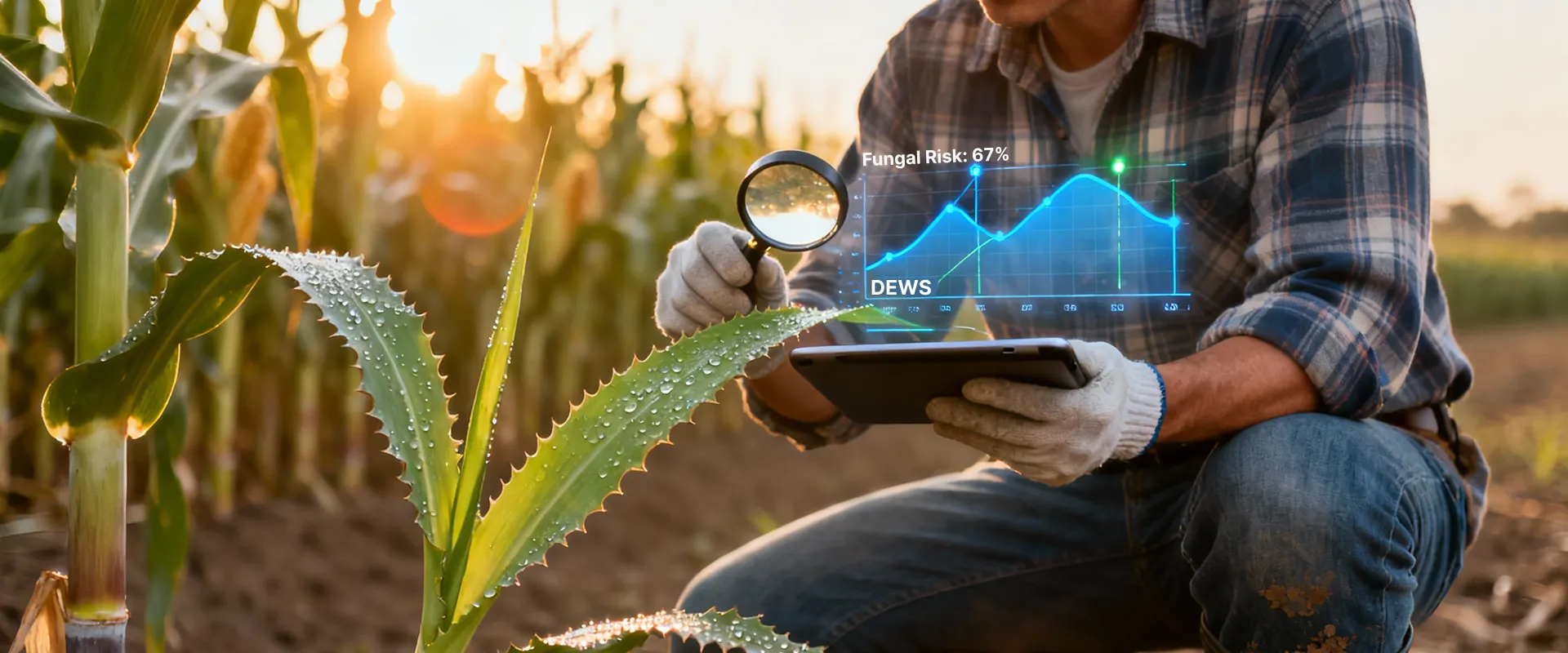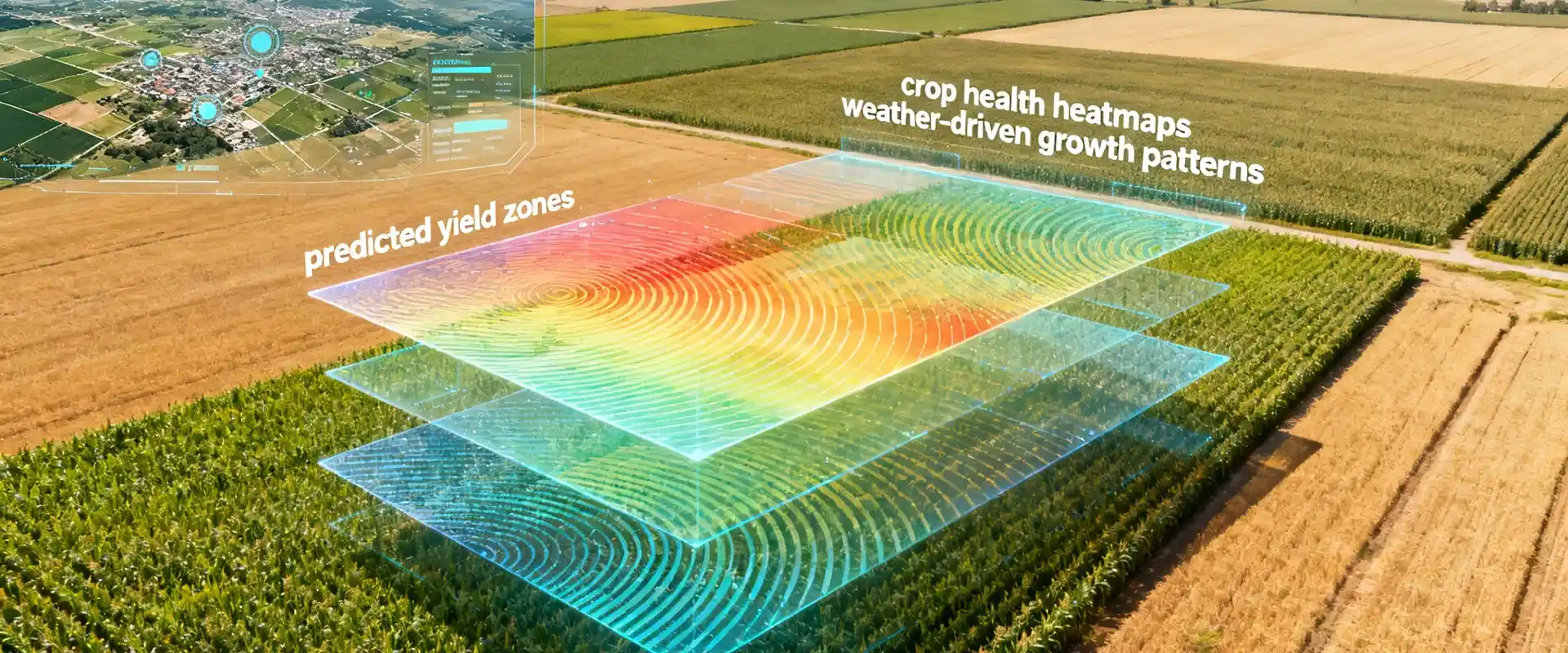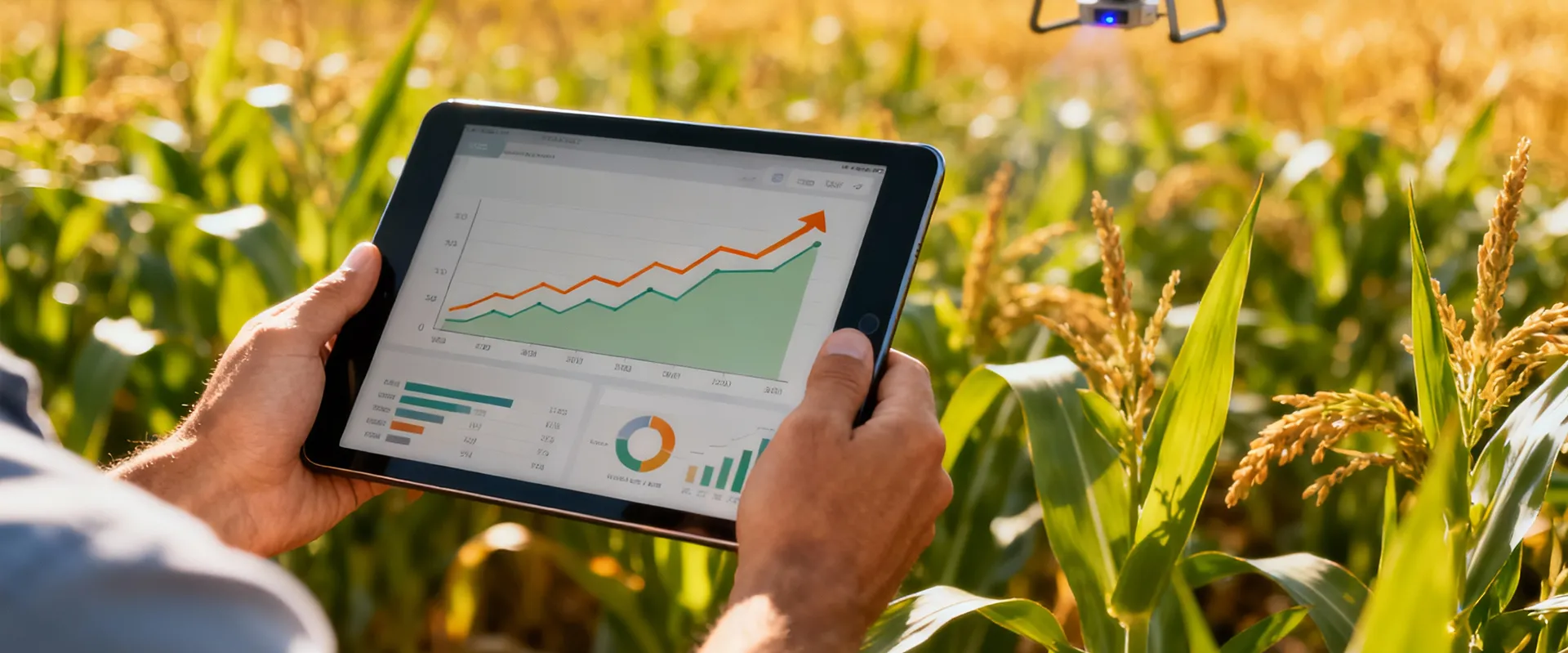Early visibility into your crop supply chain
This lack of foresight isn’t just a minor inconvenience; it’s a recipe for disruption, impacting everyone from the Crop Desk Head to the Business and Procurement Heads.
Let’s delve deeper and explore the multitude of challenges this creates and why early visibility empowers you to win the procurement battle.
The great ingredient hunt: A CPG challenge
Picture this: You’re a Procurement Head juggling contracts, negotiating deals, and ensuring a steady flow of ingredients for your CPG company. Suddenly, whispers of a potential crop shortage reach your ears. Panic sets in. Are these rumors true? Will you have the high-quality yields required to meet production demands?
Feeling the heat across departments
- Procurement heads: Negotiating contracts becomes a guessing game. Price fluctuations leave you vulnerable, potentially overpaying or missing out on favorable deals.
- Crop desk heads : Inaccurate forecasts bring chaos into planning. You’re left reacting to disruptions instead of securing the best deals.
- Business heads: Unforeseen supply chain disruptions can cripple production, leading to missed revenue, unhappy customers (read impacting brand name), and ultimately, a hit to your top and bottom line.
The power of foresight: early visibility to the rescue
Early visibility enables you to see the future of your crop supply chain and gives you the power to:

Make informed decisions
Leverage real-time filed data and improved estimations for strategic procurement decisions.
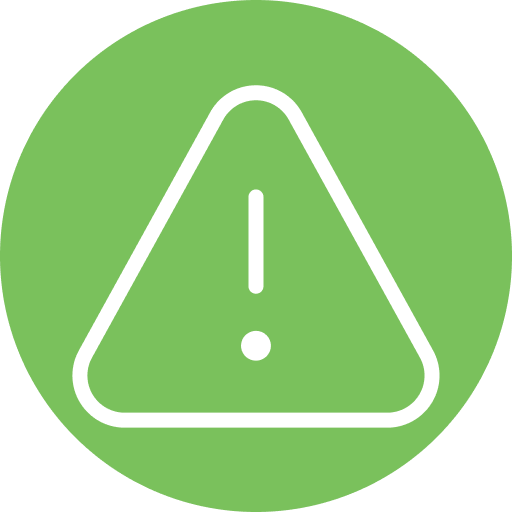
Mitigate risks
Proactively identify potential supply chain disruptions that could cause price fluctuations.
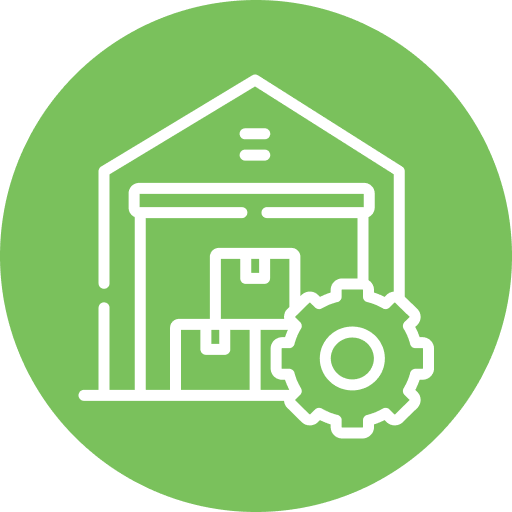
Optimize inventory management
Avoid costly stockouts and minimize excess inventory holding costs. Make informed decisions about procurement quantities reducing the risk of understocking and overstocking.
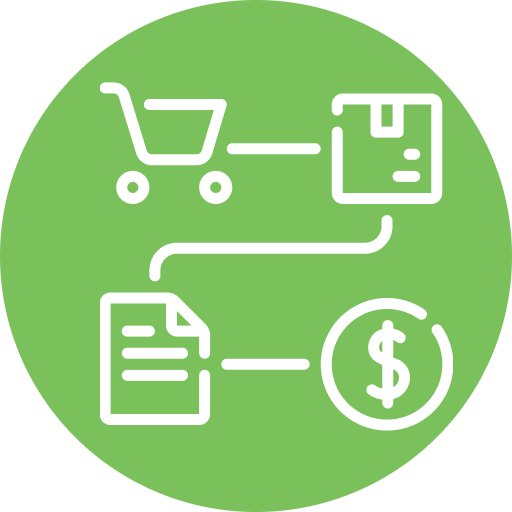
Transform procurement
Move from a reactive to a proactive approach, gaining a strategic advantage, safeguarding your food supply chain, and driving profitability.
A Glimpse into the future: why early visibility can prevent your own “cocoa crisis”

- Climate change: Droughts ravaged crops in West Africa, a region responsible for roughly 80% of the world’s cocoa output.
- Chronic under-investment: Most cocoa cultivation is by smallholder farmers who struggle to make ends meet and reinvest in their land, leading to declining yields.
- Crucially, these challenges are not unique to cocoa: Climate change and smallholder farmers’ dominance are prevalent across numerous commodities.
- Expand sourcing to new geographies Identify alternative regions with a surplus of cocoa beans.
- Increase contractingSecure larger contracts with existing suppliers to ensure a steady supply.
The information gap today
- Limited past, uncertain future – historical data falls short: While historical data has traditionally been a cornerstone of procurement planning, it’s rapidly becoming less significant in today’s dynamic agricultural landscape. Climate change makes historical trends unreliable for predicting future yields and quality.
- Limited scope of field visits: Field visits offer a valuable snapshot, but they can’t capture the complete picture of a region’s crop health. They use unscientific random sampling that falls short of capturing the inherent heterogeneity both at plot and regional levels..
- Delayed and error-prone government data: Government CCE reports are released well after contracting cycles are underway. Additionally, these reports come with error margins of over 20%. This makes CCEs a recipe for procurement headaches rather than a tool for proactive decision-making.These limitations force you to make crucial procurement decisions with incomplete information and limited real-time updates. But Cropin brings you the power of Early Visibility – the knowledge of the availability and quality of your key commodities months in advance. This is the transformative potential of Cropin’s data-driven solution for early visibility.
Cropin: unveiling the future of your crop supply chain
- Established proprietary crop knowledge graphs : This vast repository, built on the knowledge of over 10,000 crop varieties across 103 nations, provides a foundation for accurate crop identification – first step in enabling accurate predictions using remote sensing.
- Unveiling crop potential with satellite insights:Cropin leverages the power of satellite imagery to offer intelligence into crop health and growth patterns. We utilize various vegetation indices derived from satellite imagery. Each index provides a specific piece of the puzzle. By feeding vegetation indices data into our contextual trained deep-learning AI/ML models, Cropin Cloud can reveal details on:
- Crop health: Assess the overall health and vigor of crops.
- Crop stage : Track the development of crops throughout the growing season.
- Nutrient requirements : Identify areas in the field that may benefit from additional nutrients.
- Irrigation needs: Optimize irrigation practices based on real-time data.
- Our models compile all these datasets to provide accurate estimations of the sown area and production. This gives you a clear understanding of crop coverage and potential output within a region, information that empowers you to make informed sourcing decisions with a broader perspective.
- Predictive analytics: The Power of Foresight: Cropin’s platform doesn’t just provide snapshots. The platform provides intelligence on estimates of potential yield and quality variations within a region by combining historical data, remote sensing information, and advanced weather forecasts.
- Scalability: Forget one-size-fits-all solutions! Cropin’s cloud platform is built to adapt seamlessly to your specific needs. Our staggering experience managing 10,000+ diverse crop varieties across 103 countries is a testament to its unmatched scalability. Plus, Cropin leverages noninvasive satellite imagery, giving you valuable insights without disrupting your farm operations. It’s a win-win for efficiency and sustainability – you get the data you need without depending on large scale in-field interventions.
Beyond the basics: plot-Level accuracy and early warning systems
- Accurate weather forecasts at plot level : Weather forecasts offer a regional view. Cropin delivers hyper-local forecasts, giving you insights into specific plots within your area of interest.
- Safeguard your supply chain with the power of DEWS: For CPG companies, a disruption in crop health due to disease outbreaks can wreak havoc on your procurement process. Cropin’s Disease Early Warning System (DEWS) offers a proactive solution.This data-driven model predicts the likelihood of disease occurrence. It factors in weather forecasts, real-time weather covering details of rainy days, relative humidity, total rainfall, maximum, minimum and average temperatures; wind speed, pollution; historical disease occurrences; and the specific growth stage of the crop. The predictions are provided monthly or fortnightly, along with actionable insights.
Reduced risk of supply shortages
Early warnings of potential disease outbreaks allow you to take proactive steps in your contracted farms, identify alternative sourcing options, and mitigate potential disruptions to your supply chain.
Improved quality management
By anticipating disease threats, you can work with suppliers to implement targeted preventative measures, ensuring high-quality output.
Informed contract negotiations
With insights into potential disease risks, you can negotiate contracts with greater foresight, minimizing the impact of unforeseen outbreaks.
Enhanced cost management
Early disease detection allows for timely intervention, potentially reducing the need for expensive reactive measures.
The benefits of early visibility
- Informed procurement decisions : Knowing anticipated availability and quality across various regions allows you to make strategic purchases. You can secure the required commodities at the right time, potentially at the best price, ensuring a steady flow of ingredients for your production.
- Reduced risk of supply shortages:Early warnings of potential disruptions, such as weather events or disease outbreaks, allow you to identify alternative sourcing options. This proactive approach mitigates the risk of shortages and ensures you have the food stock required to meet production demands.
- Enhanced risk mitigation : Early visibility goes beyond just shortages. It lets you anticipate potential price fluctuations and adjust your procurement strategies accordingly. This proactive approach minimizes losses and protects your bottom line.
- Supply chain optimization : Accurate predictions and insights into potential disruptions empower you to optimize your supply chain. You can reduce the need for expensive buffer stocks and ensure a continuous flow of ingredients, leading to greater efficiency and cost savings.
- Improved profitability :Informed decisions, risk mitigation, and a more efficient supply chain ultimately lead to improved profitability and a more stable bottom line. Early visibility empowers you to navigate the ever-changing agricultural landscape with confidence.

